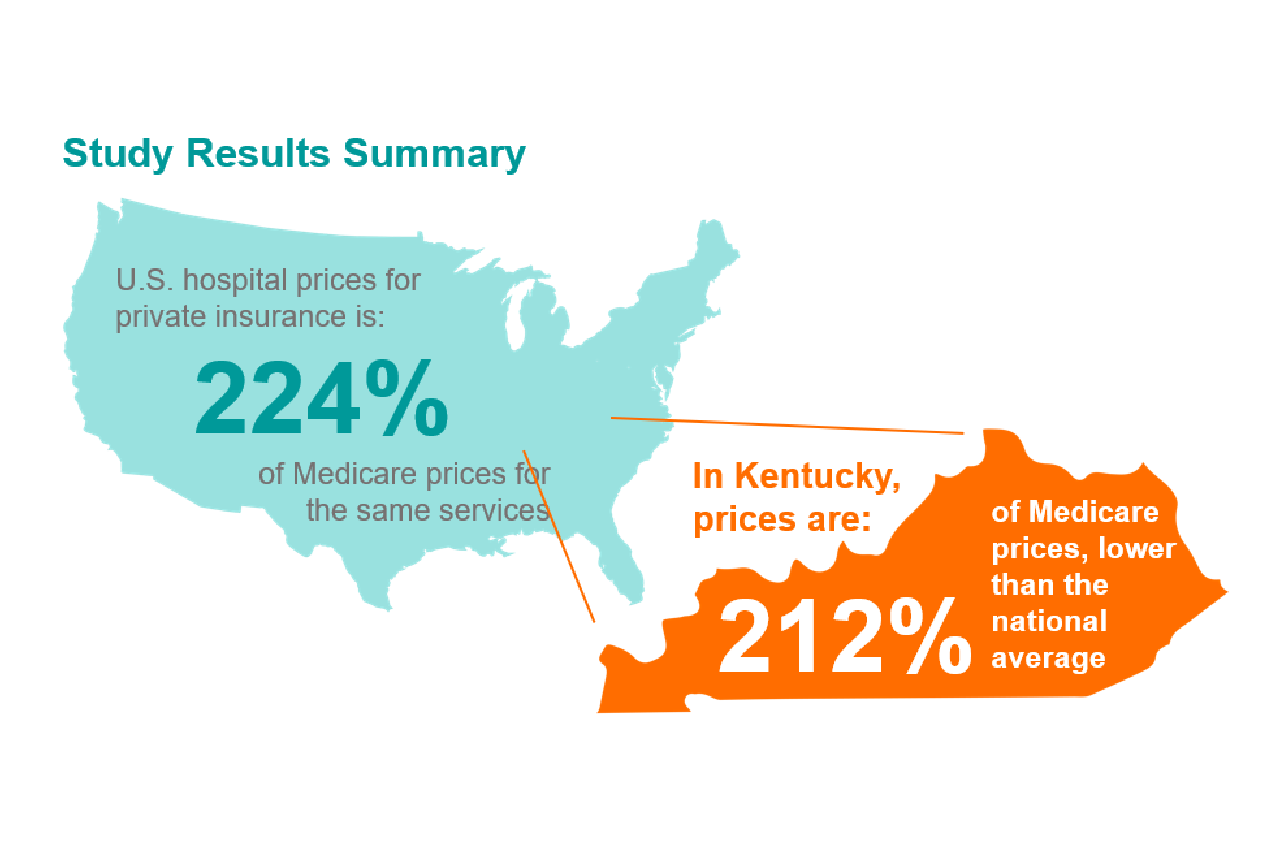
(Note: This guest post was written by Michael D. Hagen, MD, FAAFP, Professor, Department of Family and Community Medicine, University of Kentucky College of Medicine, and retired Senior Vice President, American Board of Family Medicine. )
I had the privilege to serve on and participate in both the Preventive Measures subcommittee and the Performance Measures Alignment Committee of the Kentuckiana Health Collaborative. I served both as a representative of primary care providers in my role as Senior Vice President of the American Board of Family Medicine (ABFM), and as a medical educator in my role as a Professor in the Department of Family and Community Medicine in the University of Kentucky College of Medicine (while I retired from the ABFM in January 2018, I believe that perspective remains valid and appropriate to the task). In both roles, I hoped to inform discussions on the real and perceived burdens primary care physicians express in meeting oftentimes duplicative and contradictory performance measures. I hoped to contribute to a parsimonious and harmonious set of measures that payors and other constituents could accept as sufficiently comprehensive to meet reporting needs while minimizing the burden of reporting.
Interestingly, I learned that other provider group representatives shared the same concerns! They all recognized that the plethora of available measures oftentimes fail to capture the value provided by primary care, and that many of these measures entailed significant reporting challenges (in terms of issues such as data accessibility and veracity.) Additionally, in spite of the growing call for patient-reported outcomes measures (PROM), the group recognized the challenges of collecting (e.g. cost, incorporating into workflow) and validating such indicators.
As we considered measures, the discussions included all of the above considerations, and, thankfully, all participants took an objective and unbiased view of each indicator…no outspoken, vociferous champions here! We looked at each measure from the standpoint of validity, accessibility of data, ease of reporting, and relationship to the Commonwealth’s healthcare challenges and needs. Interestingly, several areas that represent significant issues in Kentucky didn’t make the list: for example, low dose CT screening for early lung cancer in smokers. Lung cancer obviously represents a major problem in Kentucky, but the discussions highlighted a substantial concern with recommending the practice in the measures set: no validated available measures! While several committee members advocated strongly for the practice, the group held to its commitment to including only validated measures (we obviously all expressed the hope that such measures will become available in the near future!).
Responding to the multiplicity, overlap, and oftentimes contradictory definitions of measures, and challenges in data collection, have contributed to physician burnout. In spite of the energy expended in this endeavor, all this effort has yet to demonstrate substantial improvements overall in patient outcomes that matter. In particular, as insurers and payors move to value-based payment models, we need to assure providers that the measures used to establish payments represent valid assessments of the value that providers’ care adds to patients’ wellbeing. I hope that insurers and other stakeholders will recognize the careful consideration that went into creation of the recommended measures sets. These represent a parsimonious and carefully considered set of indicators that should support the needs of payors and providers alike.






